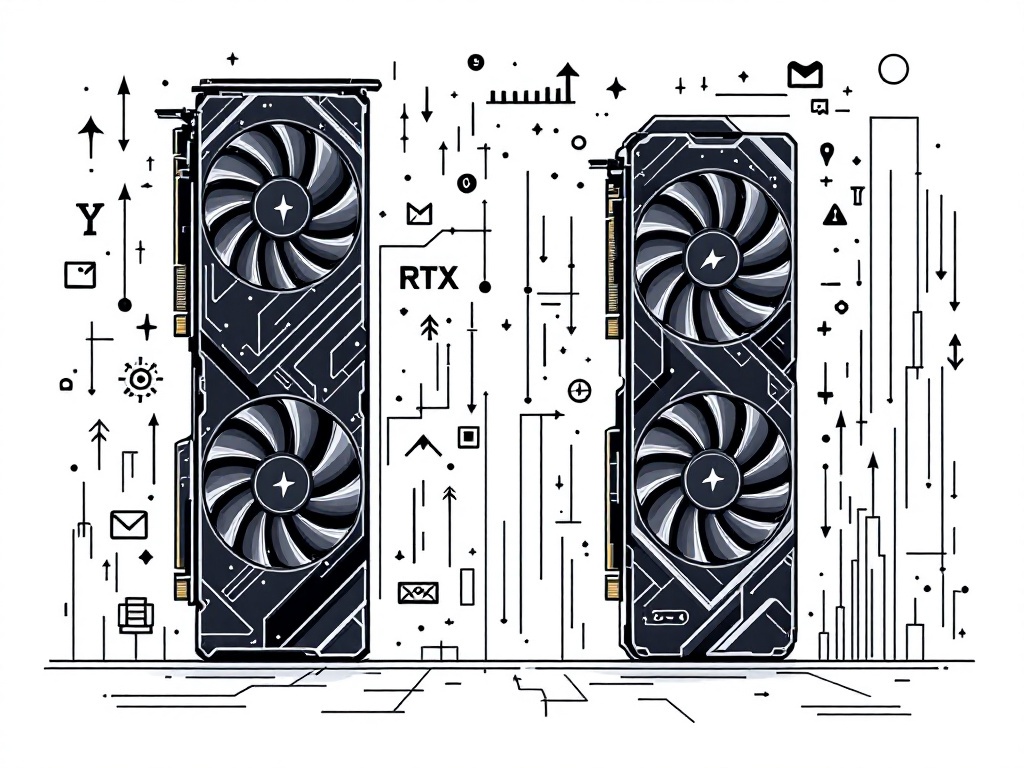Nvidia Unveils RTX 5090 and 5080 at CES 2025

Las Vegas, Wednesday, 8 January 2025.
Nvidia announced the RTX 5090 and 5080 GPUs, emphasizing improved gaming performance and AI capabilities, while raising concerns about power consumption and architectural stagnation.
Launch Details and Pricing
Nvidia (NVDA) officially unveiled its next-generation RTX 50-series graphics cards at CES 2025 on January 6, 2025 [1][3]. The flagship RTX 5090 is priced at $1,999, while the RTX 5080 comes in at $999 [2][3]. Both cards are scheduled for release on January 30, 2025 [2][3]. The company also announced the RTX 5070 Ti ($749) and RTX 5070 ($549), which will follow in February 2025 [3].
Technical Specifications and Performance
The RTX 5090 represents a significant advancement in GPU technology, featuring 92 billion transistors and 32GB of GDDR7 VRAM on a 512-bit memory bus [3][6]. It delivers an impressive memory bandwidth of 1,792 GB/s and requires 575 watts of power [3][4]. The GPU is capable of performing over 3,352 trillion AI operations per second and promises up to twice the performance of its predecessor, the RTX 4090 [6]. The RTX 5080 comes equipped with 16GB of GDDR7 VRAM, 960 GB/s memory bandwidth, and 10,752 CUDA cores, requiring 360 watts of power [3][5].
AI and DLSS Innovations
A major highlight of the new series is DLSS 4 technology, which can generate up to three additional frames per traditional frame [3][6]. This was demonstrated in real-world testing, with the RTX 5090 running Cyberpunk 2077 at 238fps with DLSS 4, compared to 106fps on the RTX 4090 with DLSS 3.5 [5]. The new cards also support DisplayPort 2.1b, enabling 8K gaming at 165Hz [5].
Power Consumption Concerns
Despite the performance gains, the increasing power requirements have raised concerns in the community [1]. The RTX 5090’s 575W power draw represents a significant increase from previous generations, following a trend of rising power consumption in high-end GPUs [1]. Users have expressed preferences for more energy-efficient solutions, with some stating they aim to keep total gaming power draw below 400W [1].
Sources
- news.ycombinator.com
- nordic.ign.com
- www.techradar.com
- www.theverge.com
- nvidianews.nvidia.com
- news.ycombinator.com